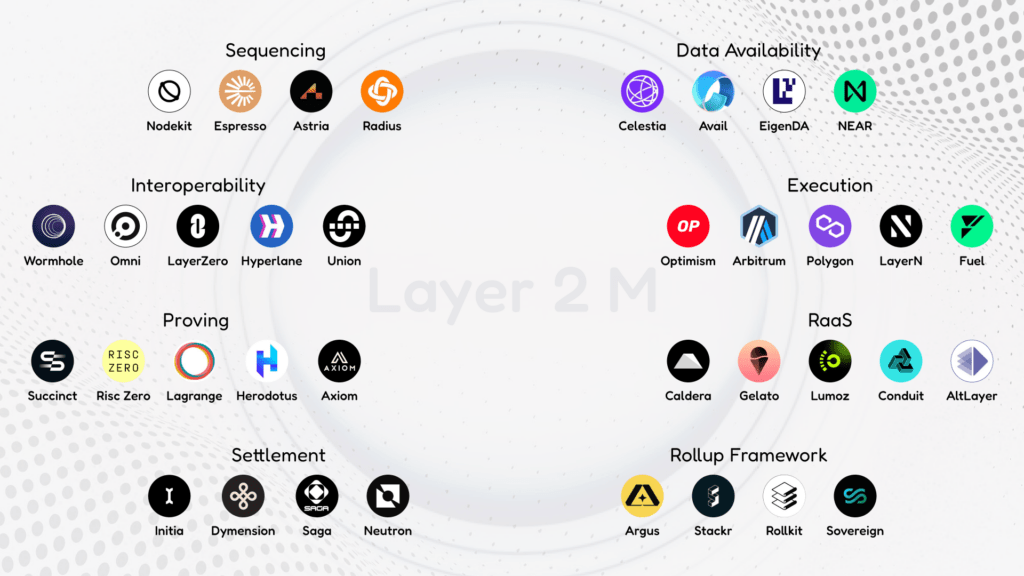Research Summary
The report introduces MEV taxes, a mechanism for applications to capture their own Maximal Extractable Value (MEV) on blockchain transactions. The mechanism is applicable on OP Stack Layer 2 (L2) chains like OP Mainnet, Base, and Blast. The report discusses the potential of MEV taxes to address key MEV research issues, such as optimizing DEX routers, minimizing AMM losses, and enabling wallets to capture backrunning MEV.
Key Takeaways
MEV Taxes: A New Mechanism for Value Capture
- Introduction of MEV Taxes: The report introduces MEV taxes as a mechanism for applications to capture their own Maximal Extractable Value (MEV) on blockchain transactions. The mechanism works by charging a fee proportional to the transaction’s priority fee, allowing applications to capture a significant percentage of the MEV.
- Applicability on OP Stack Layer 2 Chains: MEV taxes are applicable on OP Stack Layer 2 (L2) chains like OP Mainnet, Base, and Blast, which adhere to competitive priority ordering rules. The efficacy of MEV taxes relies on block proposers strictly following competitive priority ordering, which includes sorting transactions by priority fee without censorship or manipulation.
- Addressing Key MEV Research Issues: The report highlights the potential of MEV taxes to address key MEV research issues, such as optimizing DEX routers, minimizing AMM losses, and enabling wallets to capture backrunning MEV. MEV taxes are seen as a universal approach to MEV capture, leveraging the priority fee as an indicator of the MEV within a transaction, regardless of the application’s specifics.
- Limitations of MEV Taxes: The report acknowledges limitations, such as incentive incompatibility, full blocks, reverted transactions, and leaking of user intents, which can affect the distribution and capture of MEV. MEV taxes are currently dependent on the trustworthiness of L2 sequencers and may not be effective on Ethereum L1 due to the competitive builder auction model.
- Future Research Directions: The simplicity of competitive priority ordering suggests the possibility of decentralized enforcement without relying on a single sequencer, prompting further research in this area. The report also discusses the dynamics of priority ordering, where transactors express urgency through priority fees, leading to a natural channeling of MEV to block proposers.
Actionable Insights
- Explore the Potential of MEV Taxes: Blockchain applications should explore the potential of MEV taxes as a mechanism to capture their own Maximal Extractable Value (MEV). This could provide a new revenue stream and enhance the value proposition of the application.
- Consider the Implications of Competitive Priority Ordering: Block proposers and blockchain platforms should consider the implications of competitive priority ordering rules, which are crucial for the effectiveness of MEV taxes. This includes sorting transactions by priority fee without censorship or manipulation.
- Address the Limitations of MEV Taxes: Developers and researchers should work on addressing the limitations of MEV taxes, such as incentive incompatibility, full blocks, reverted transactions, and leaking of user intents. This could involve developing new mechanisms or improving existing ones to ensure the effective distribution and capture of MEV.
- Investigate Decentralized Enforcement of Competitive Priority Ordering: The possibility of decentralized enforcement of competitive priority ordering without relying on a single sequencer is a promising area for further research. This could lead to more robust and trustless mechanisms for MEV capture.
- Understand the Dynamics of Priority Ordering: Understanding the dynamics of priority ordering, where transactors express urgency through priority fees, could provide valuable insights into the behavior of users and the distribution of MEV. This could inform the design of more effective MEV capture mechanisms.













